Nano Banana is...bananas.
- Don Batsford
- Sep 3
- 3 min read
Google's latest image editing model, internally dubbed "Nano Banana," is a significant leap for marketers, well for everyone, but marketers too. Nuanced understanding of visual content and its implications for everything from ad creatives to dynamic landing pages.
Emerging Use Cases and Features:
Contextual Image Generation for Dynamic Ads: Imagine an ad for running shoes. Instead of pre-selected images, Nano Banana could generate a unique image based on the user's real-time context. If the user is in a rainy city, the ad might show shoes splashing through puddles. If they're in a sunny, rural area, the image could feature trail running. This moves beyond simple image variations to truly personalized visual narratives, increasing relevance and engagement.
Automated A/B Testing of Visual Elements: Marketers can feed Nano Banana a core product image and a set of desired variations (e.g., different backgrounds, lighting, product angles, or even subtle stylistic shifts). The model then generates these variations, allowing for rapid, large-scale A/B testing of visual elements without manual design. This optimizes creative performance at an unprecedented scale.
Hyper-Personalized Landing Page Visuals: For e-commerce, a user searching for "xyz matching red leather boots" could land on a page where the hero image of the model has on boots. Dynamically generated to match their specific query. This reduces friction and aligns the visual experience directly with user intent.
Video Frame Interpolation and Enhancement: While primarily an image model, the underlying technology has implications for video. Think about generating missing frames to smooth out lower-framerate video, or enhancing specific elements within a video clip to highlight a product or feature. This could extend to dynamically altering background elements in video ads based on audience demographics.
"Style Transfer" for Brand Consistency: A brand could input its visual style guide, and Nano Banana could apply that style to any image, ensuring consistent branding across all visual assets, even those generated on the fly. This is particularly useful for user-generated content or diverse product catalogs.
Why This Matters for Marketers:
The core of Nano Banana's advancement lies in its ability to understand and manipulate images with a higher degree of semantic awareness. It understands objects, scenes, and styles. This means:
Reduced Creative Bottlenecks: The ability to generate and modify images programmatically drastically cuts down on the time needed for creative production
Enhanced Personalization at Scale: True one-to-one marketing becomes more feasible when visual assets can be tailored to individual user contexts and preferences
Improved Ad Performance: More relevant and engaging visuals lead to higher click-through rates and better conversion rates
Data-Driven Creative Optimization: The ease of generating variations enables more rigorous testing and data-backed decisions on visual strategy
Advanced Ideas:
Predictive Visual Content: Integrate Nano Banana with predictive analytics. If data suggests a user is likely to convert with a certain visual aesthetic, the model could pre-generate those visuals for future interactions
Interactive Product Configurators: For complex products, users could describe desired features, and Nano Banana could generate a visual representation of the configured product in real-time
"What If" Scenario Visualization: For complex ideas in an easily digestible, custom-generated image. The sky is the limit.
Here's an example of what this kind of advanced image generation can do (note: screenshots, images all looked 4k):


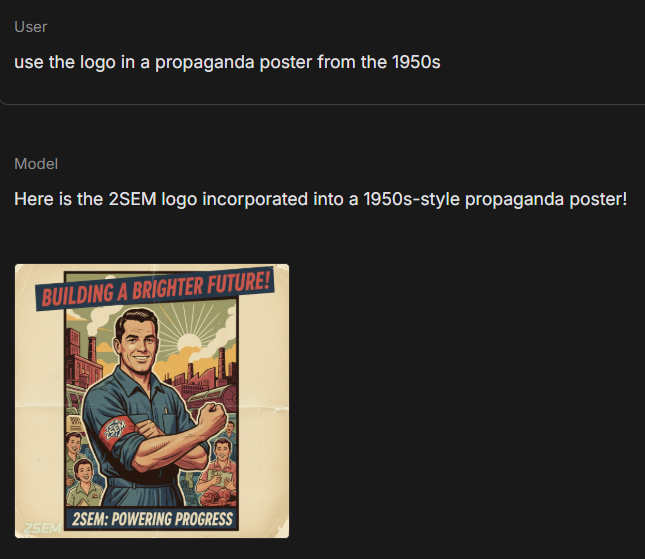

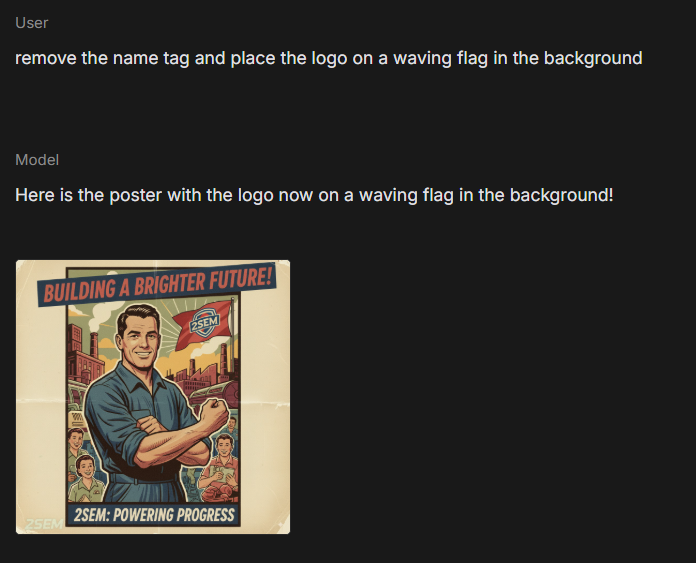
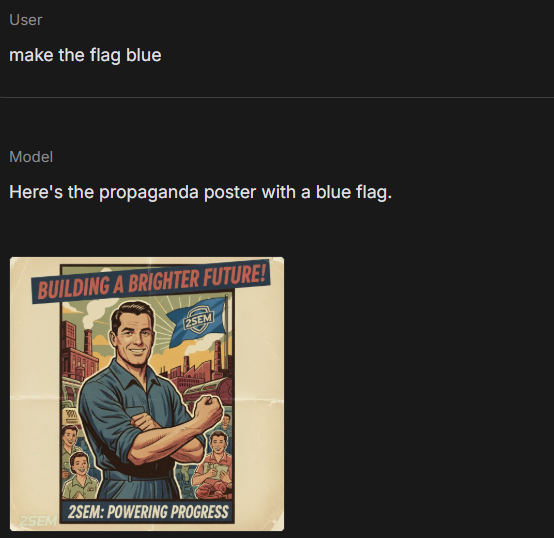
And there you have it, 5 minutes, real language and an impressive understanding of what I wanted:
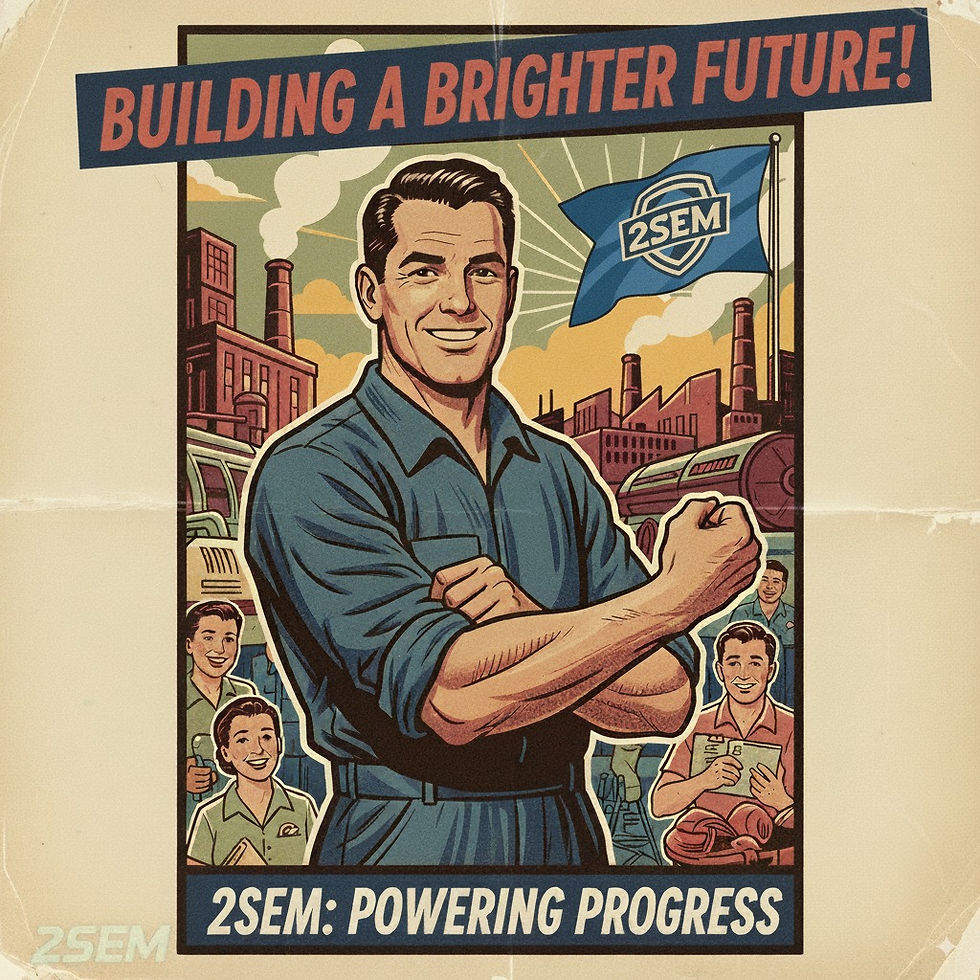
There are many other impressive examples of more dramatic creations, but let's just reflect on how this would have been magic very recently.
Bananas.
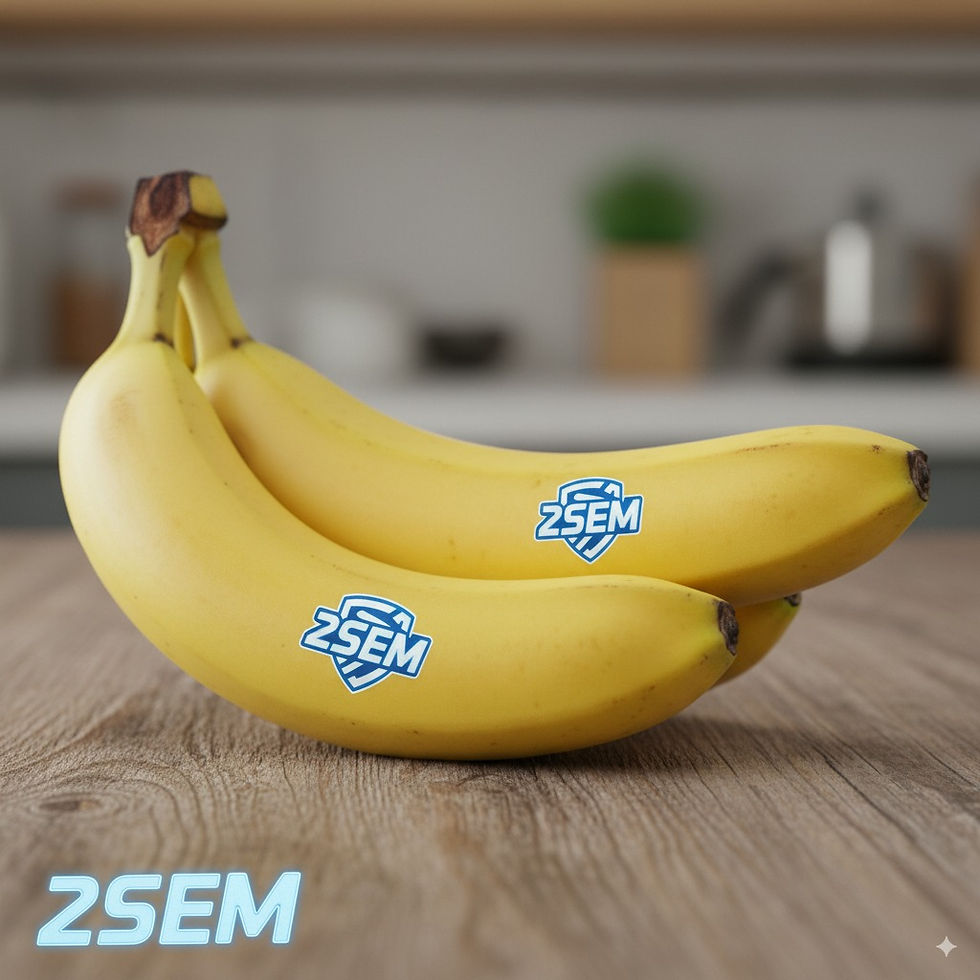



Comments